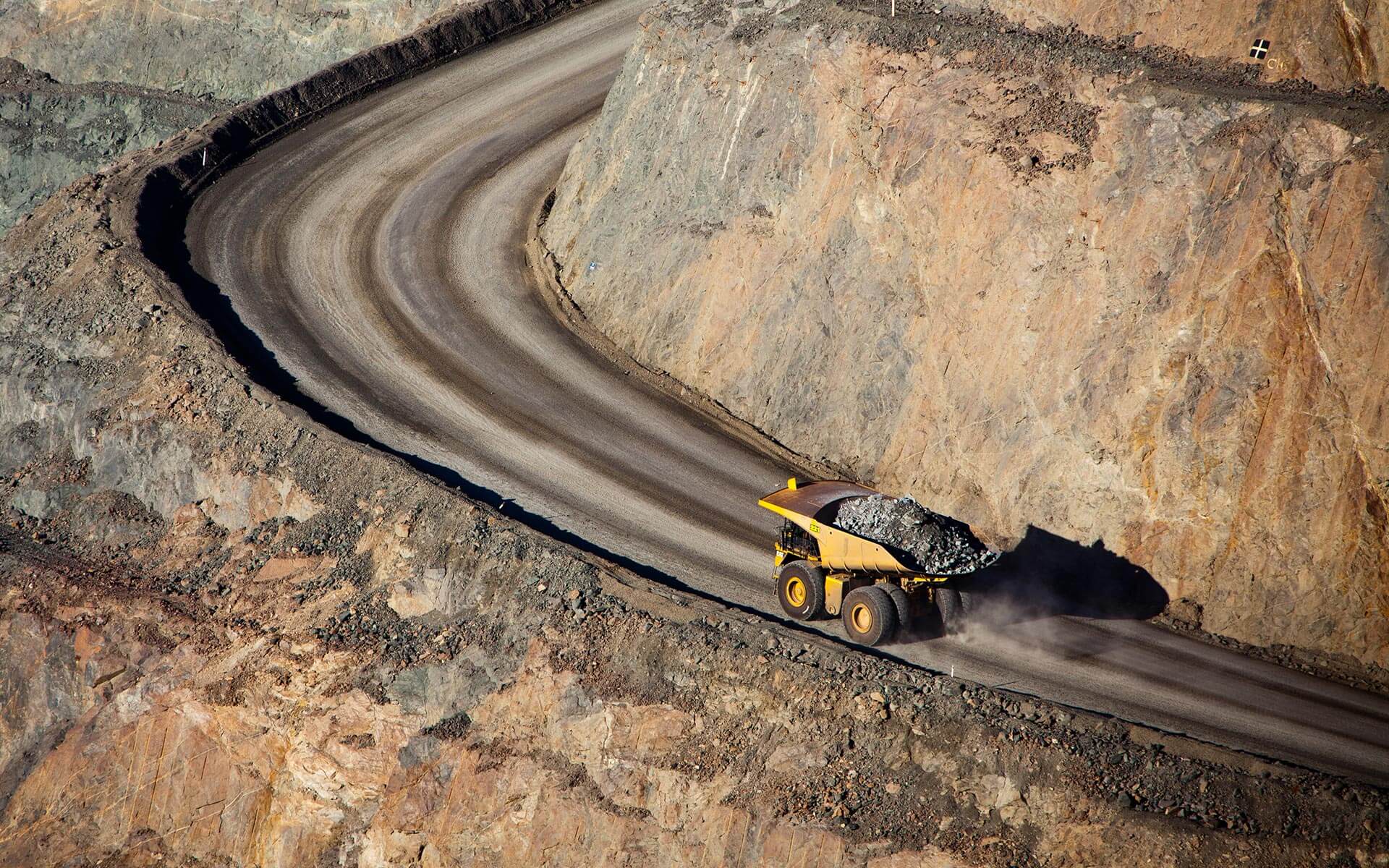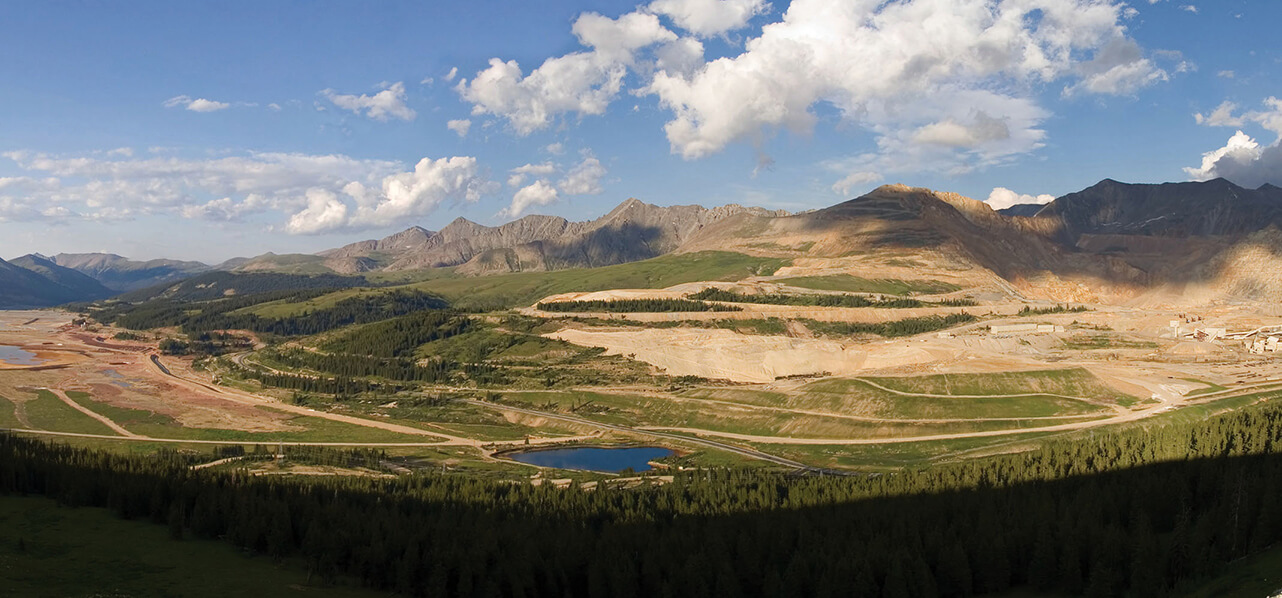Partner London
"Calls for de-escalating the dire consequences of climate change have caused a shift towards greener supply chains, and an aversion towards industries that are considered “dirty”, such as mining. "
Rising sea levels, intense heat waves and the endangering of even more animal species have led to global calls for de-escalating the dire consequences of climate change. This has caused a shift towards greener supply chains, and an aversion towards industries that are considered “dirty”, such as mining.
Following the Paris Agreement, and global pressure, governments and large businesses are trying to reduce energy-related carbon dioxide emissions. They have sought to achieve this primarily through deployment of renewable forms of energy, such as wind, solar and hydroelectric power.
The International Renewable Energy Agency predicts that to meet climate targets, the total share of renewable energy must rise by around two-thirds by 2050, suggesting that renewables can make up 60% or more of many countries’ total final consumption. This demand means that renewable energy sources will need to increase their capacity and generation. For example, the global cumulative installed capacity of onshore wind will need to increase more than three-fold by 2030 and nine-fold by 2050. For offshore wind, the increase would need to be ten-fold by 2030 alone[1]. In terms of solar power, global capacity will need to grow from a total of 480 gigawatts in 2018 to 2,840 gigawatts by 2030 and 8,519 gigawatts by 2050[2].
MINING INDUSTRY AND SUSTAINABLE ENERGY
The mining industry has faced significant challenges, from pressure from activists to stop carbon emissions and projects considered harmful to the environment, to investors and governments abandoning coal stocks from their portfolios. Just recently, both Goldman Sachs and BlackRock have announced new sustainable investment strategies, including lowering direct investment to fossil fuel companies and thermal coal producers.
However, the discussions around sustainable energy and the global supply chain are at odds with the fact that a plan for reliance on renewable energy is heavily dependent on the mining industry providing the metals and minerals necessary for its construction and operation.
Take for example rare earth metals, such as dysprosium and neodymium. Both metals are used to make alloys for the permanent magnets found in wind turbine generators, with China mining about 63% of the global rare earth market. Currently, a single five-megawatt wind turbine requires one tonne of alloy. Given the future forecasts for wind power, the global demand for neodymium and dysprosium is projected to increase by 2.1 times, with 65% of new turbines, installed in the next ten years, incorporating technology needing rare earth metals[3].
Similarly, copper is in high demand due to its high conductivity and durability. Within an installed wind turbine, the copper content is 2.5 – 6.4 tonnes per megawatt, used in the generator, the transformers and cabling[4]. The global wind market currently requires an average of 450 kilotons of copper per year and this is expected to increase to 600 kilotons per year by 2028[5]. This figure is likely to rise substantially considering that future requirements for renewable energy will lead to larger wind turbines and notwithstanding copper needs for other technologies, such as solar power and electric vehicles. Demand for copper due to electric vehicles alone is expected to increase by 1,700 kilotons by 2027 given that electric vehicles are projected to reach more than 7% of annual vehicle sales by 2025[6]. Whilst a conventional car requires 18 – 49 pounds of copper for its construction, a battery electric vehicle requires around 183 pounds.

Copper and rare earth metals' re-use depends on recycling initiatives, meaning that their continued mining is essential to support the renewable energy industry.
Copper and rare earth metals are hard to substitute, and their re-use is dependent on recycling initiatives, meaning that their continuned mining is essential to support the renewable energy industry. This is even more the case with metals that are not recycled, such as silver. Silver, due to its high resistivity, is used in solar cells in the form of a paste that gathers the electricity out of the cell, so it can be stored or consumed. The metal is used in 95% of installed PV panels, which equates to 9% of the total global production of silver[7]. With solar power capacity expected to grow fast, the demand for silver mining is high.
Given its intermittent nature, an increase in renewable energy generation will require large energy storage units, which, in turn, will lead to increasing demand for the minerals contained in storage batteries, mainly copper, lithium, nickel and cobalt. However, there are fears that the rapid increase in demand for these metals may not be met based on current production rates. Car makers, such as Tesla and Mercedes-Benz, are already cutting back production forecasts due to supply concerns[8].
Technological advancements in the capacity to store energy will improve efficiency and energy-security so that gaps are filled when generation from renewable sources is lower. Insufficient or unpredictable energy can have significant impacts on a country’s economy as well as socio-political consequences. The recent energy shortages faced by South Africa are one example, resulting in temporary load-shedding shut downs for many businesses, including a number of large mines operated by Impala Platinum and Petra Diamonds. Until the rate of innovation in energy efficiency catches up, the mining sector and fossil fuels will need to fill in the gaps to prevent energy shortages.
"Committing to, and implementing, ESG standards because of legislative and funding requirements alone is not enough to demonstrate a change of attitude within the market."
WINNING THE SOCIAL PASSPORT
Mining’s “dirty” image will need to change for the industry to survive and this means improving its brand by prioritising green and customer-centric strategies. A significant challenge will be earning the trust of consumers by committing to environmental, social and governance (“ESG”) standards. Government bodies are already introducing codes and legislation obliging mining companies to comply with ESG conditions, whereas banks and investors are exercising pressure by reviewing their portfolios to ensure that their investments are ESG-friendly. The industry itself is slowly jumping on the bandwagon, for example through the recent creation of the Responsible Gold Mining Principles, which set out a framework for responsible gold production. However, committing to, and implementing, ESG standards because of legislative and funding requirements alone is not enough to demonstrate a change of attitude within the market. Communication of the results of such initiatives will be key.
Another serious challenge faced by the industry is consumer concern about the effect of mining on climate change due to high carbon emissions. Mining is an energy intensive industry and its energy demand is estimated to increase by 30% by 2035 due to growing mineral requirements. By reducing its environmental impact, the industry will also improve its publicity. In general, mining companies should aim to run their operations using renewable sources. There are several ways they can seek to do this, for example:
- self-generation – whereby the renewable source is built near the mine and is owned by the mining company;
- industrial pooling – where several mining companies commit to buy renewable electricity from the producer ensuring that the construction of a renewable project is viable;
- energy credits – where the mining company purchases credits produced by renewable energy power plants; and
- renewable power purchase agreements – where the mining company contracts with a renewable power producer committing to buy electricity based on the contractual terms[9].
Large miners have already sought to reduce their carbon footprint through incorporation of renewable energy. For example, Rio Tinto has agreed to run its Utah copper mine through wind power reducing its carbon footprint at the mine by nearly 65%[10], and Anglo American has entered into a deal with Enel for its Chilean mines to be powered by renewable energy thereby reducing its carbon dioxide emissions by more than 70%[11].
"Instead of listening to calls to extinguish the mining industry, we should be concentrating on restoring faith in it."
By committing to ESG and environmentally-friendly initiatives and publicising their successes, miners can change consumer sentiment by proving that they are keeping up with the pace and seriously committing to changing their practices.
It is not clear that consumers are aware of mining’s critical role for the supply of technologies which are championed for a sustainable future. As such, the industry can, and should, do more in communicating the change, and its role, in meeting existing and emerging consumer needs, whether those relate to mining lithium for energy storage or copper essential for the creation of wind turbines.
CONCLUSION
In an era dominated by climate change, the mining industry is facing significant challenges. However, metals and minerals are essential for a renewable, efficient and energy-secure future. Instead of listening to calls to extinguish the mining industry, we should be concentrating on restoring faith in it by transforming its reputation from a “dirty” industry to one concentrating on “green”, sustainable and customer-centric practices.
[1] https://www.irena.org/-/media/Files/IRENA/Agency/Publication/2018/Apr/IRENA_Report_GET_2018.pdf
[2]https://www.irena.org//media/Files/IRENA/Agency/Publication/2019/Nov/IRENA_Future_of_Solar_PV_summary_2019.pdf?la=en&hash=A626155A0775CC50427E23E7BE49B1AD2DD31073
[3] https://www.peakresources.com.au/news/wind-industry-prepares-for-bottlenecks-and-price-hikes-in-rare-earth-metals/
[4] https://copperalliance.org.uk/knowledge-base/education/education-resources/copper-wind-power-2/
[5] https://www.woodmac.com/press-releases/global-wind-turbine-fleet-to-consume-over-5.5mt-of-copper-by-2028/
[6] https://www.copper.org/publications/pub_list/pdf/A6191-ElectricVehicles-Factsheet.pdf
[7] https://earthworks.org/cms/assets/uploads/2019/04/MCEC_UTS_Report_lowres-1.pdf
[8] https://www.mining.com/tesla-warns-upcoming-battery-minerals-shortage/
[9] http://ccsi.columbia.edu/files/2018/12/3418-CCSI-RE-and-mining-report-09-lr-reduced-optmized-07-no-links.pdf
[10] https://www.miningweekly.com/article/rio-tintos-kennecott-utah-copper-mine-switches-to-renewable-energy-2019-05-02
[11] https://www.mining.com/web/anglo-american-to-use-only-renewable-energy-in-chile-by-2021/





